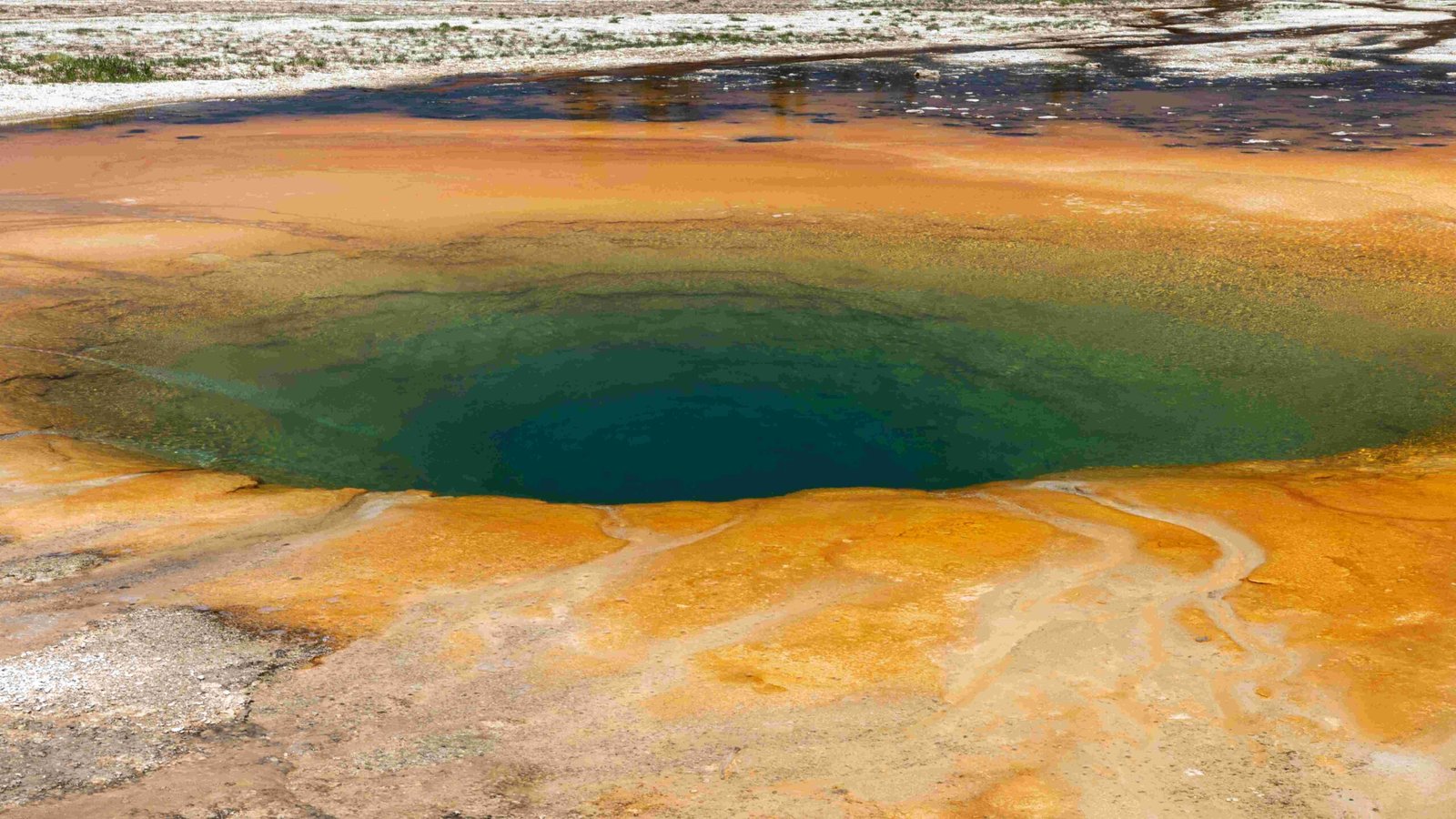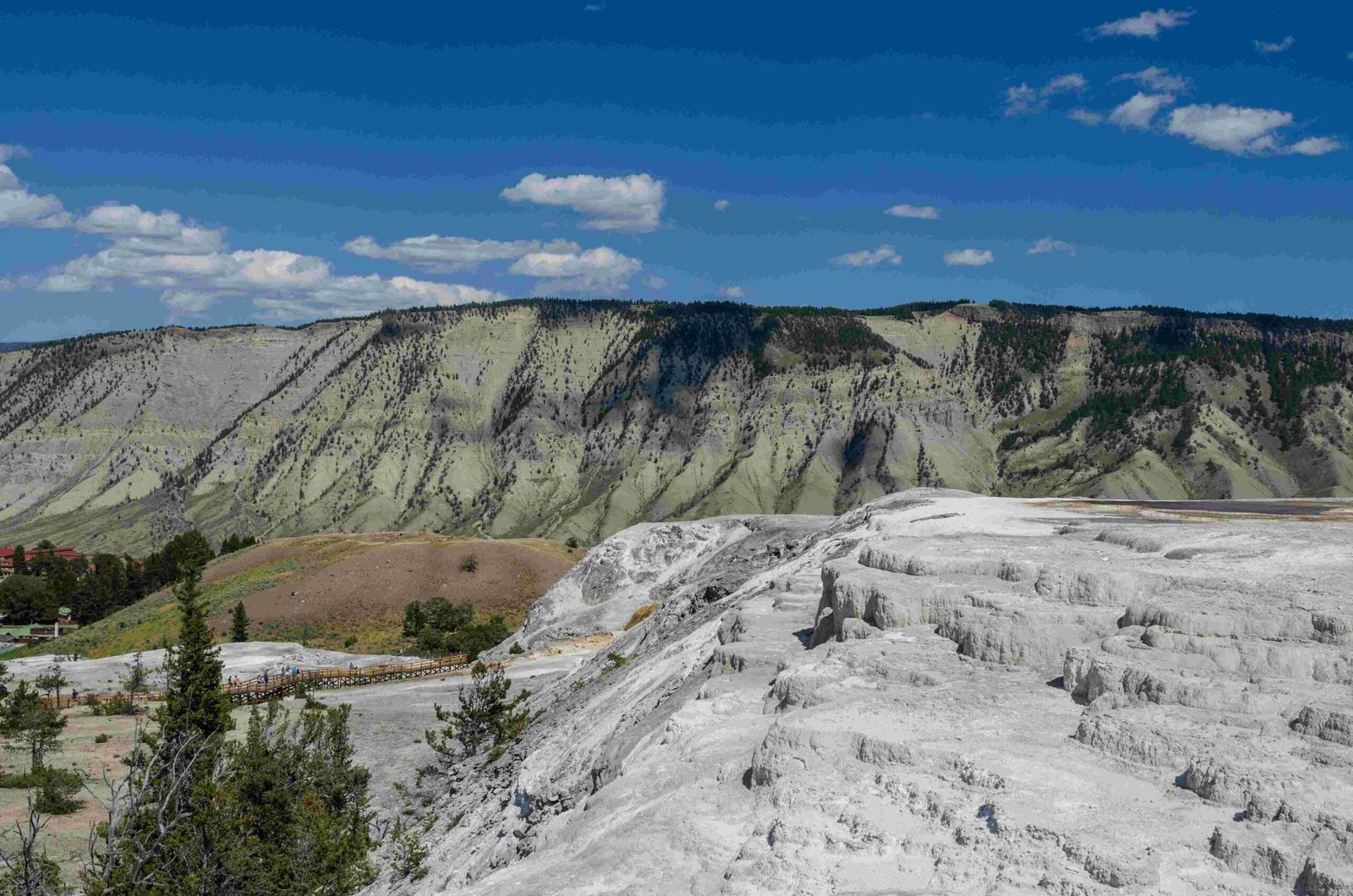Yellowstone National Park, established in 1872 as the world’s first national park, is a treasure trove of natural wonders and fascinating facts. From its diverse ecosystem to its unique geothermal features, Yellowstone offers a wealth of surprising information. This article explores lesser-known facts about the park’s geology, wildlife, and history, providing insights into what makes Yellowstone truly extraordinary.
What Makes Yellowstone’s Geothermal Features Unique?

Yellowstone National Park is renowned for its geothermal wonders, boasting the world’s largest concentration of geothermal features. Here are some intriguing facts about these natural phenomena:
- Geyser Abundance: Yellowstone contains over 500 geysers, which is more than half of all the geysers in the world.
- Diverse Thermal Features: The park hosts over 10,000 thermal features, including hot springs, mudpots, and fumaroles.
- Old Faithful’s Reliability: While many geysers are unpredictable, Old Faithful erupts approximately every 90 minutes, making it a popular attraction.
- Steamboat Geyser’s Unpredictability: The world’s tallest active geyser, Steamboat, can be dormant for years or erupt multiple times in a single year.
- Colorful Hot Springs: The vibrant colors in hot springs are caused by thermophilic microorganisms that thrive in extreme temperatures.
Table: Yellowstone’s Geothermal Features
| Feature Type | Number in Yellowstone | Characteristics |
|---|---|---|
| Geysers | 500+ | Erupting hot water and steam |
| Hot Springs | Thousands | Still pools of hot water |
| Mudpots | Hundreds | Bubbling mud and clay |
| Fumaroles | Many | Steam vents |
How Does Yellowstone’s Wildlife Surprise Visitors?

Yellowstone’s diverse ecosystem supports an incredible array of wildlife, some of which may surprise even seasoned nature enthusiasts:
- Bison Herds: Yellowstone is home to the largest wild bison herd in North America, with over 5,000 individuals.
- Wolf Reintroduction: Wolves were successfully reintroduced to the park in 1995, restoring a key predator to the ecosystem.
- Grizzly Bear Population: The park and surrounding areas host one of the largest grizzly bear populations in the lower 48 states.
- Rare Bird Species: Yellowstone is home to over 300 bird species, including the rare trumpeter swan.
- Unique Fish: The park’s waters contain native species like the Yellowstone cutthroat trout, which is found nowhere else in the world.
What Historical Facts About Yellowstone Might Surprise You?
Yellowstone’s rich history extends far beyond its establishment as a national park:
- Native American Presence: Indigenous peoples have lived in and around Yellowstone for over 11,000 years.
- Early Explorers: The first organized expedition to explore Yellowstone was the Washburn-Langford-Doane Expedition in 1870.
- Military Management: From 1886 to 1918, the U.S. Army managed Yellowstone, helping to protect its resources from poachers and vandals.
- First Female Ranger: In 1918, Clare Marie Hodges became the first female park ranger in Yellowstone.
- Yellowstone Fires of 1988: These fires affected about 36% of the park, leading to significant changes in fire management policies.
How Does Yellowstone’s Geology Amaze Scientists?
Yellowstone’s geological features continue to fascinate researchers:
- Supervolcano: The park sits atop a massive supervolcano, which last erupted about 640,000 years ago.
- Continuous Ground Movement: The ground in Yellowstone is constantly moving, rising and falling due to magma movement beneath the surface.
- Petrified Forests: The park contains petrified forests, providing insights into ancient ecosystems.
- Earthquake Frequency: Yellowstone experiences about 1,000 to 3,000 earthquakes annually, most of which are too small to be felt.
- Changing Landscape: The park’s landscape is constantly changing due to geothermal activity, erosion, and other natural processes.
What Unique Plant Life Thrives in Yellowstone?
Yellowstone’s diverse habitats support a wide variety of plant life:
- Thermophilic Plants: Some plants have adapted to grow near hot springs and other geothermal features.
- Ancient Trees: The park is home to ancient whitebark pine trees, some over 1,000 years old.
- Rare Orchids: Yellowstone hosts several rare orchid species, including the phantom orchid.
- Wildflower Diversity: Over 1,000 species of native flowering plants can be found in the park.
- Invasive Species Management: The park actively manages invasive plant species to protect native ecosystems.
These fascinating facts about Yellowstone National Park demonstrate its unique geological, biological, and historical significance. From its geothermal wonders to its diverse wildlife and rich cultural heritage, Yellowstone continues to captivate visitors and researchers alike, offering endless opportunities for discovery and wonder.
References:
1. https://www.nps.gov/yell/learn/nature/hydrothermal-systems.htm
2. https://en.wikipedia.org/wiki/Geothermal_areas_of_Yellowstone
3. https://www.nps.gov/yell/learn/nature/hydrothermal-features.htm
4. https://www.nps.gov/yell/index.htm
5. https://www.yellowstonepark.com/things-to-do/geysers-hot-springs/

